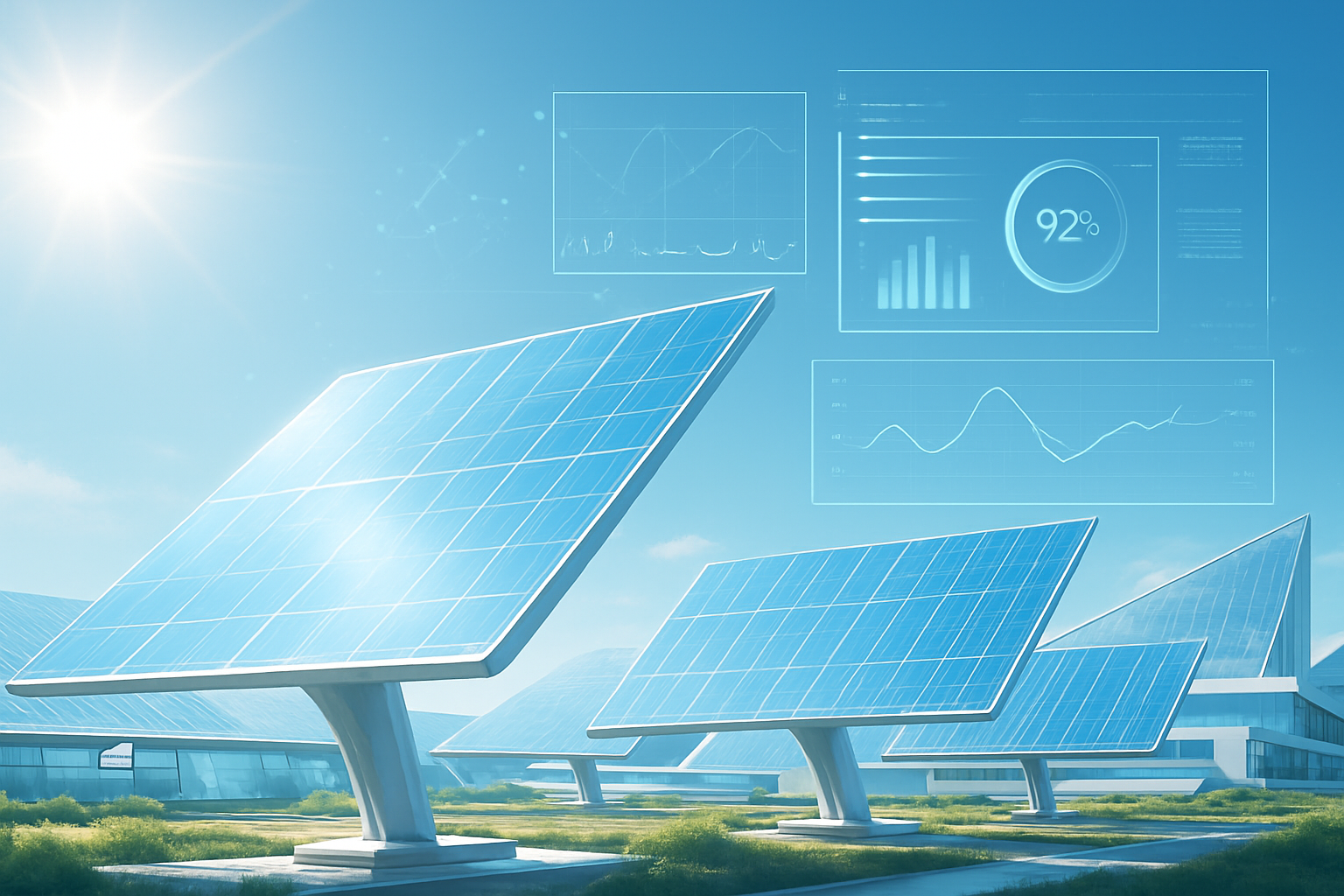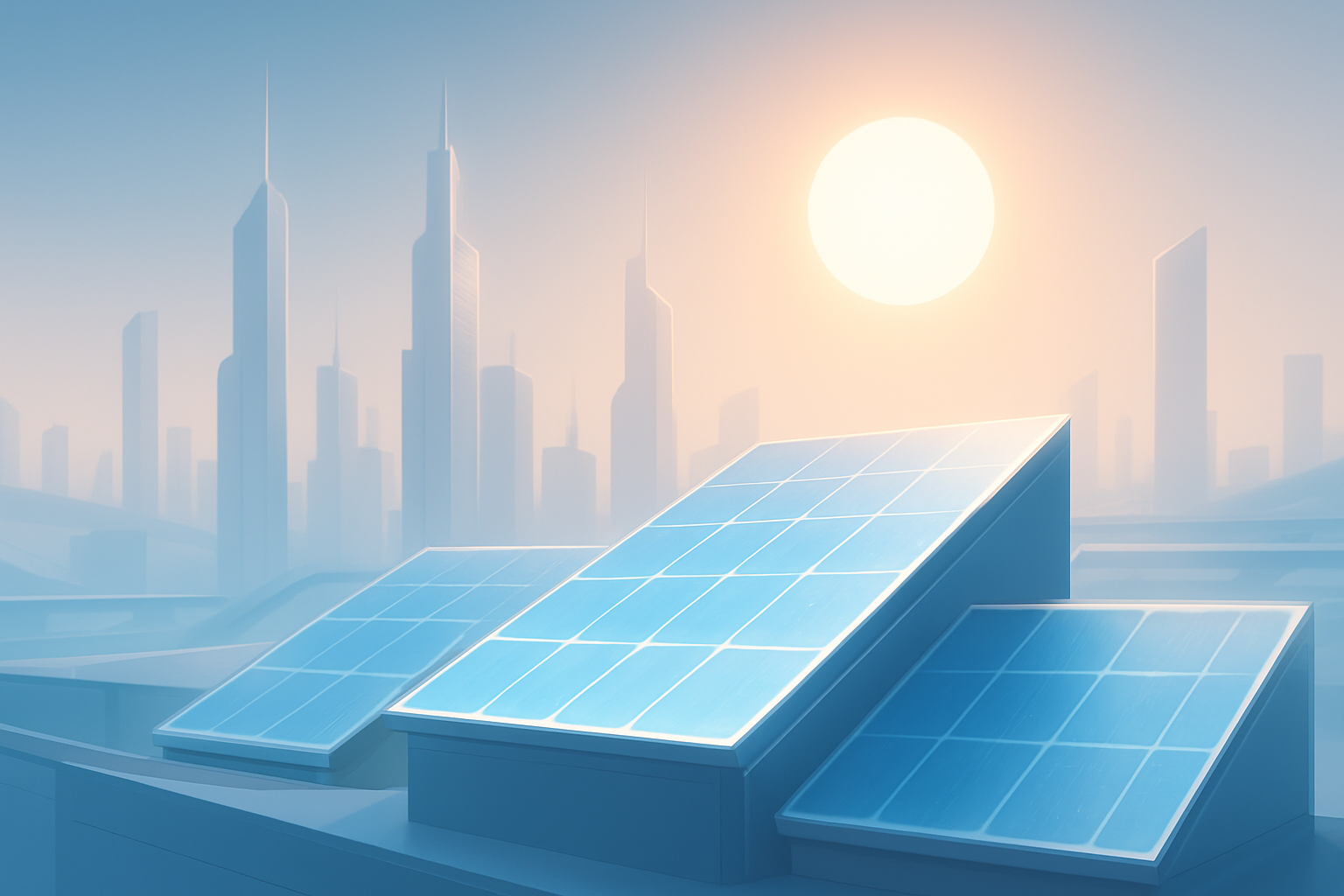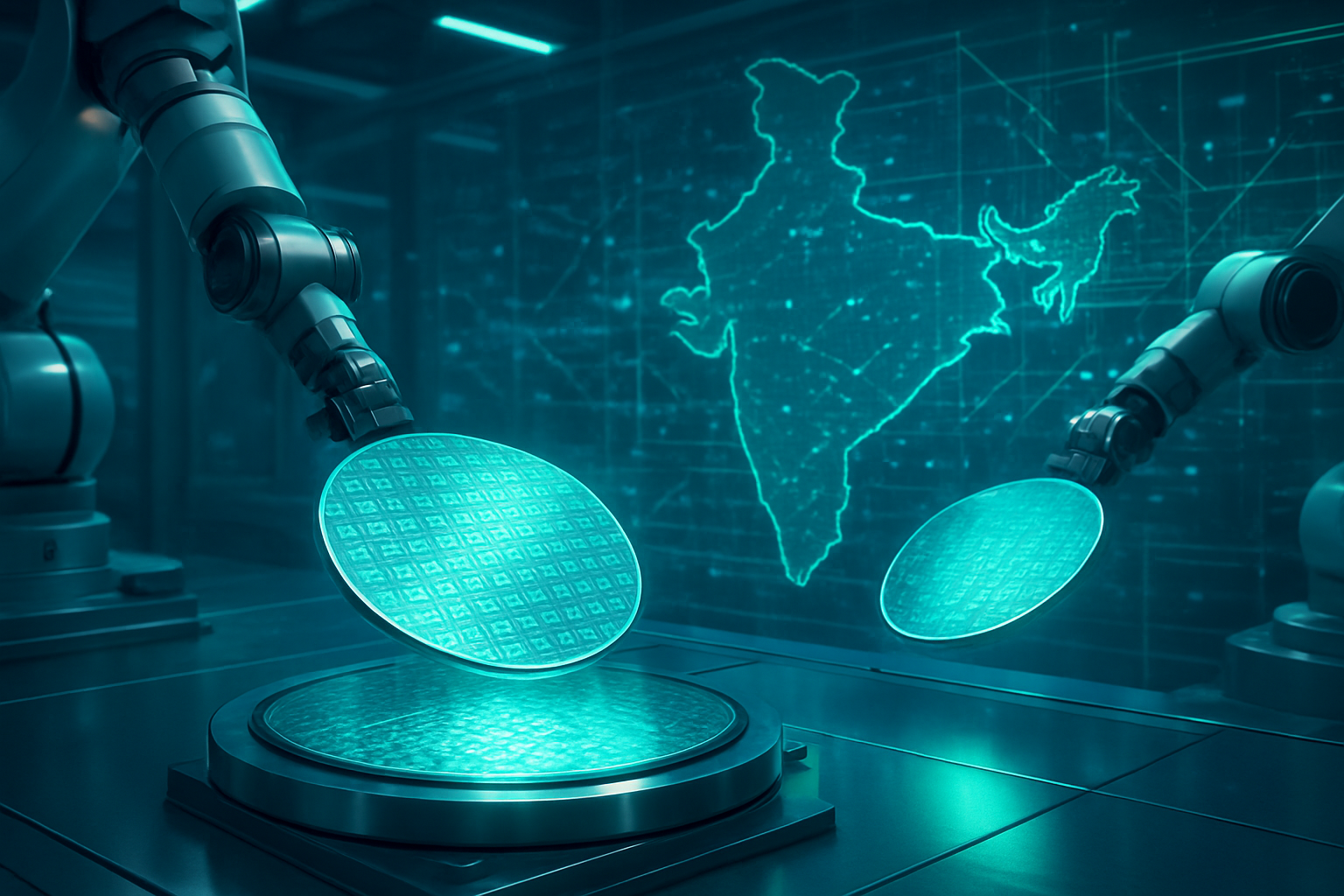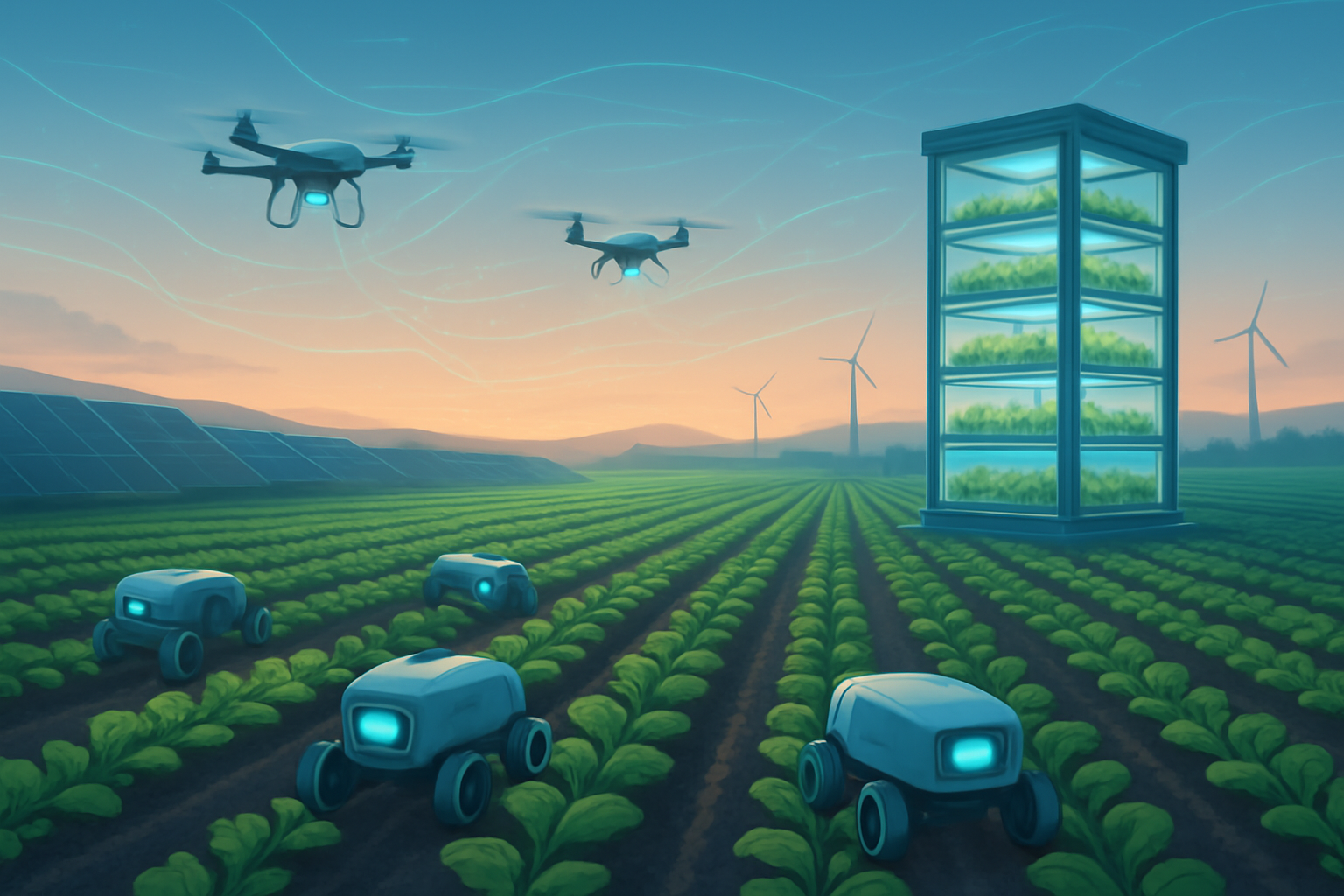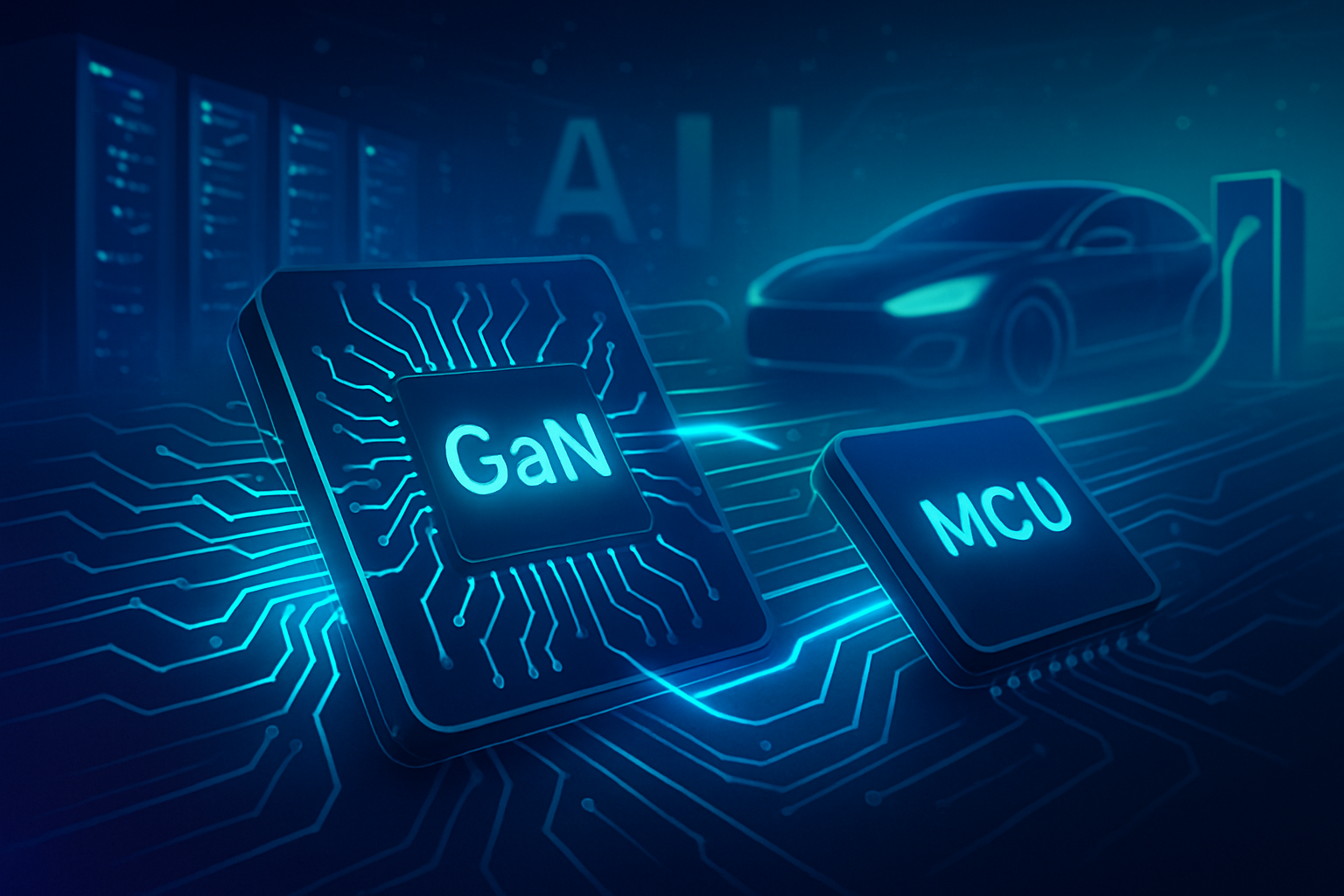The solar energy sector is witnessing an unprecedented surge in innovation, with groundbreaking technologies like perovskite and tandem solar cells shattering efficiency records and promising a future of abundant, cleaner power. However, amidst this excitement, a critical call from researchers echoes across the industry: businesses must demand rigorous, independent proof for claims made about these emerging technologies. This imperative highlights a crucial balancing act between fostering rapid innovation and ensuring responsible adoption, especially in fast-paced sectors prone to "hype cycles." The immediate significance of this demand lies in mitigating misinformation, preventing poor investment decisions, combating greenwashing, and ultimately accelerating genuine, sustainable progress in the broader tech and energy landscape.
The Technical Horizon: Perovskites, Tandems, and the Quest for Efficiency
At the forefront of this solar revolution are perovskite solar cells (PSCs) and tandem solar cells, which are redefining the limits of photovoltaic efficiency. Perovskites, a class of materials with unique crystal structures, boast remarkable optoelectronic properties, allowing them to convert sunlight into electricity with high efficiency, even in low-light conditions. Their facile solution-processed fabrication also hints at potentially lower production costs compared to traditional silicon. Record-breaking power conversion efficiencies for single-junction perovskite cells have reached 27%, with ongoing research pushing towards 40% in the long term.
Tandem solar cells represent another significant leap, typically combining a perovskite top cell with a conventional silicon bottom cell. This layered approach allows the cells to capture a broader spectrum of sunlight, with the perovskite layer absorbing higher energy photons and the silicon layer capturing lower energy photons. This synergy has propelled tandem cells to surpass the theoretical efficiency limits of single-junction silicon, achieving certified efficiencies as high as 34.9% and theoretical potentials reaching up to 45.3%. This marks a substantial departure from previous silicon-only approaches, which are constrained to efficiencies around 26-27%.
Beyond perovskites and tandems, advancements continue in high-efficiency silicon-based panels, with N-type TOPCon cells setting new records (JinkoSolar [SHA: 601778] achieved 27.79%). Bifacial solar panels, capturing sunlight from both sides, are becoming standard, boosting energy production by 5-30%. Innovations are also integrating solar cells directly into building materials (Building-Integrated Photovoltaics – BIPV), creating transparent solar windows and flexible panels for diverse applications. The initial reaction from the AI research community and industry experts is one of cautious optimism, recognizing the immense potential while emphasizing the need for robust validation before widespread deployment. Michael Adesanya, a researcher at Michigan State University, has been particularly vocal, urging businesses to ask critical questions: "Can an independent group replicate the results? Do measurements show improved electron transfer without hindering transport? Do the cells survive basic heat and humidity tests?"
Industry Implications: A Competitive Reshuffle
The emergence of these advanced solar technologies is poised to reshape the competitive landscape for major solar manufacturers, tech giants, and startups alike. Companies that embrace these innovations early stand to gain significant strategic advantages.
Major solar manufacturers like Qcells (Hanwha Qcells [KRX: 000880]), Trinasolar [SHA: 688599], LONGi [SHA: 601012], and JinkoSolar [SHA: 601778] are actively investing in perovskite/silicon tandem technology. For these incumbents, tandem cells offer a path to "technological disruption without business disruption," allowing them to augment existing silicon technology and push efficiency beyond previous limits. This intensifies the efficiency race, where companies failing to adopt these advancements risk falling behind. The potential for lower long-term manufacturing costs, due to perovskites' low material cost and simpler, low-temperature processing, could also lead to a significant market share shift if early adopters can undercut pricing with superior power output.
Beyond traditional solar players, tech giants not historically in solar manufacturing are "poised to use perovskite to leap into solar manufacturing and disrupt the entire global solar eco-system." The simpler manufacturing processes and versatility of perovskites (ultrathin, lightweight, flexible, semi-transparent) lower the barrier to entry, attracting companies looking to diversify into renewable energy or integrate solar into smart buildings and IoT devices. Startups like Oxford PV, Tandem PV, and Swift Solar are leading specialized efforts, focusing on commercializing these next-generation cells and building robust intellectual property portfolios.
These new technologies promise to disrupt existing products and services by offering higher power output from a smaller footprint, reducing overall system costs, and enabling entirely new applications. Building-integrated photovoltaics (BIPV), portable chargers, flexible electronics, and ambient-powered IoT devices become more feasible. The reduced embodied carbon from perovskites' low-temperature manufacturing and the potential for supply chain diversification further enhance their disruptive potential. Early adopters will gain a competitive edge in performance, establish market leadership, secure long-term cost advantages, tap into new markets, build robust patent portfolios, and influence future industry standards.
Wider Significance: Powering the Energy Transition with Integrity
The advancements in solar technology represent a pivotal moment in the global energy transition, fundamentally shifting how we produce and consume power. These innovations are crucial for achieving sustainability goals, offering a cleaner, more resilient energy future. By driving down costs and boosting efficiency, they make solar a more viable and attractive option, from utility-scale farms to decentralized rooftop installations.
The societal impacts are profound: job creation, enhanced energy equity and access for underserved communities, greater energy independence and security, and improved public health through reduced air pollution. Environmentally, solar energy produces no direct greenhouse gas emissions during operation, significantly lowering our carbon footprint. While land use for large farms and manufacturing waste are considerations, innovations like agrivoltaics and improved recycling aim to mitigate these.
However, the rapid growth and promise of new solar technologies also amplify concerns about greenwashing. This deceptive practice, where companies falsely portray their products or services as more environmentally friendly, can undermine consumer trust, create unfair competition, and hinder genuine climate action. Exaggerated claims, selective disclosure of environmental impacts, misleading labeling, and deflecting from other harmful activities are common tactics. The call from researchers for rigorous proof is therefore not just about scientific integrity but also about safeguarding the credibility of the entire renewable energy movement. Without verifiable data and independent replication, the industry risks falling into a "Trough of Disillusionment," where unrealistic promises lead to widespread disappointment, as described by the Gartner Hype Cycle.
These advancements stand as a significant milestone, comparable to historical energy revolutions like the widespread adoption of coal or oil, but with a fundamentally different promise. Unlike finite fossil fuels with their severe long-term environmental consequences, solar energy is inexhaustible and produces virtually zero direct operational emissions. Its increasing cost-effectiveness and potential for decentralization empower individuals and communities, marking a transformative shift towards a truly sustainable and resilient energy future.
Future Developments: A Glimpse into Tomorrow's Grid
The trajectory for new solar technologies points towards a future where solar energy becomes the dominant power source globally. Near-term developments will focus on enhancing the stability and durability of perovskite cells, which currently degrade faster than silicon. Researchers are experimenting with new chemistries, interface optimizations, and encapsulation techniques to extend their lifespan significantly, with some achieving 90% efficiency retention after 1,000 hours of continuous operation. Commercialization efforts are accelerating, with companies like Oxford PV and UtmoLight planning gigawatt-scale production lines, and countries like Japan prioritizing perovskite development with ambitious targets.
Long-term, experts predict solar panel efficiency will surpass 30%, with theoretical possibilities reaching 40% for tandem cells. The market for perovskite/silicon tandem solar cells is expected to exceed $10 billion within a decade, potentially capturing 20% of the market share by 2030 in premium applications.
The potential applications are vast and transformative:
- Building-Integrated Photovoltaics (BIPV): Flexible, lightweight, and transparent perovskites will seamlessly integrate into windows, facades, and rooftops, turning every surface into a power generator.
- Portable and Wearable Electronics: Their lightweight and flexible nature makes them ideal for smart clothing, smartphones, and other wearables, offering ubiquitous portable power.
- Electric Vehicles (EVs): Perovskite films on car roofs could help charge EV batteries on the go, making solar-powered vehicles more viable.
- Off-Grid and Remote Applications: Providing clean, affordable power in remote areas or for specialized uses like solar-powered drones.
- Indoor Photovoltaics: Efficient operation in low-light conditions makes them suitable for powering indoor sensors and low-power devices.
- Space Applications: Their lightweight and high-efficiency characteristics are perfect for satellites and spacecraft.
However, several challenges must be overcome for widespread adoption. Stability and durability remain paramount, requiring continued research into material composition and encapsulation. Toxicity, particularly the lead content in the most efficient perovskites, necessitates the exploration of lead-free alternatives or robust recycling strategies. Scalability of manufacturing from lab to mass production, cost reduction for broader competitiveness, and ensuring reproducibility of results are also critical hurdles. Experts predict that solar will be the leading energy source by 2050, requiring 75 terawatts of photovoltaics. They emphasize the need for rapid commercialization, collaborative efforts between industry and academia, and a strong focus on sustainability through recyclable modules and non-toxic materials. AI-driven optimization will also play a crucial role in enhancing solar power generation, storage, and distribution.
Wrap-Up: Validation as the Cornerstone of Progress
The current era of solar innovation is electrifying, promising unparalleled efficiencies and a myriad of new applications that could fundamentally alter our energy future. Perovskite and tandem solar cells are not just incremental improvements; they represent a paradigm shift in photovoltaic technology.
The key takeaway from this rapid advancement, however, is the non-negotiable demand for rigorous validation. Researchers' calls for businesses to demand proof are a crucial safeguard against the pitfalls of unchecked hype and speculative investment. This insistence on independent replication, transparent data, and robust testing will be the cornerstone of responsible adoption, ensuring that the promise of these technologies translates into tangible, reliable benefits. It is an assessment of this development's significance in AI (and by extension, the broader tech and energy) history that underscores the importance of scientific integrity in the face of commercial pressures.
In the coming weeks and months, watch for continued breakthroughs in efficiency, particularly from companies like LONGi, JinkoSolar, and Qcells, as they push the boundaries of tandem cell performance. Pay close attention to announcements regarding improved stability and lead-free perovskite alternatives, as these will be critical indicators of commercial readiness. Furthermore, observe how regulatory bodies and industry consortia develop new standards for verifying environmental claims, ensuring that the solar revolution is built on a foundation of trust and verifiable progress. The future of energy is undeniably solar, but its sustainable realization hinges on our collective commitment to evidence-based innovation.
This content is intended for informational purposes only and represents analysis of current AI developments.
TokenRing AI delivers enterprise-grade solutions for multi-agent AI workflow orchestration, AI-powered development tools, and seamless remote collaboration platforms.
For more information, visit https://www.tokenring.ai/.
